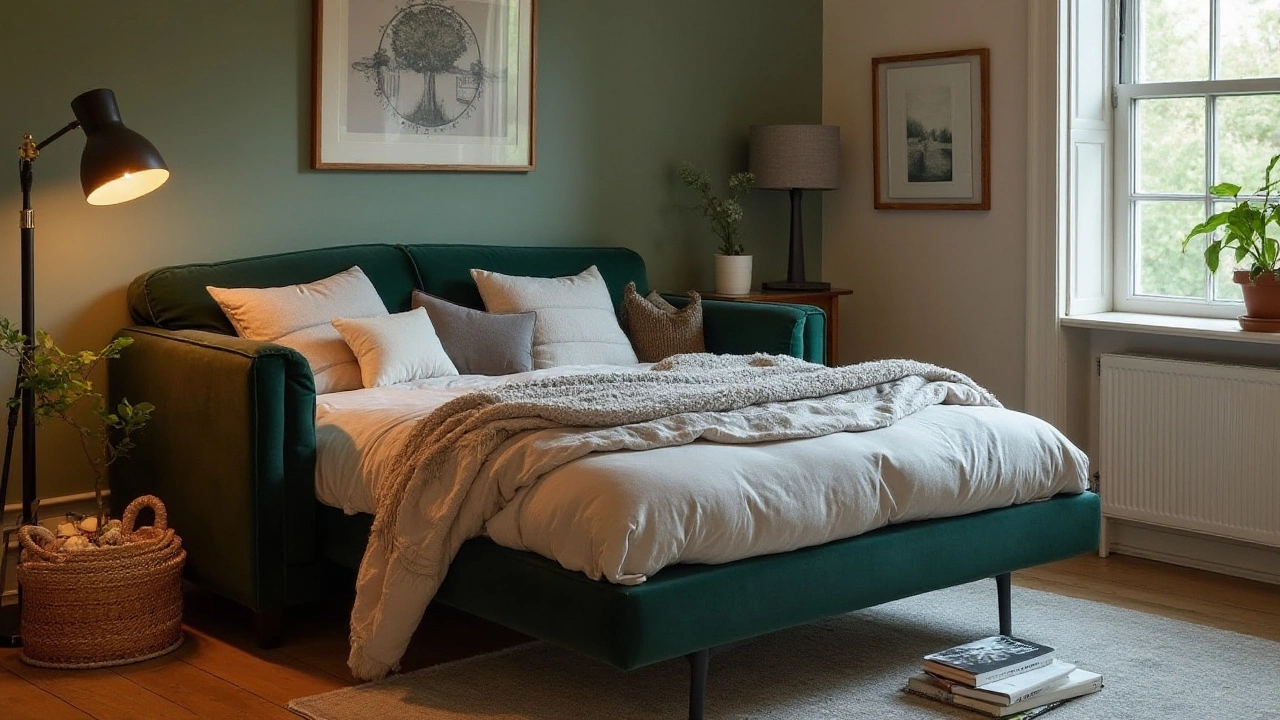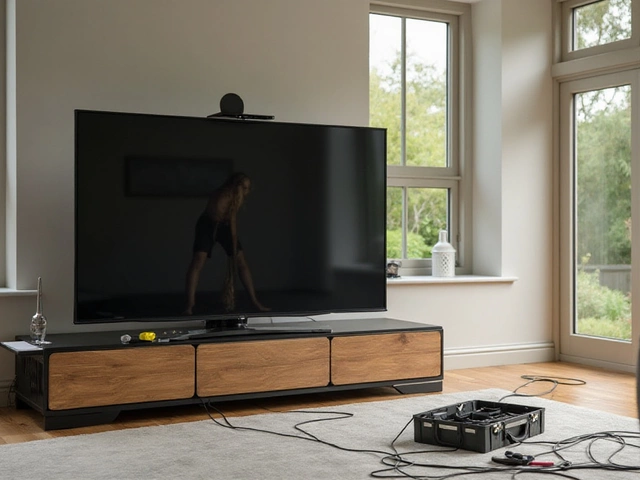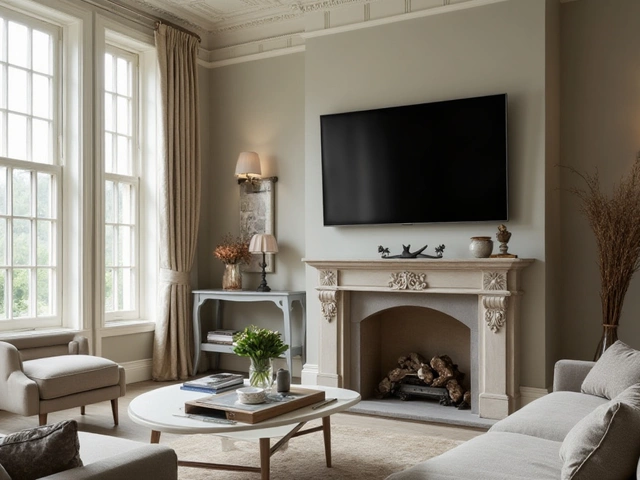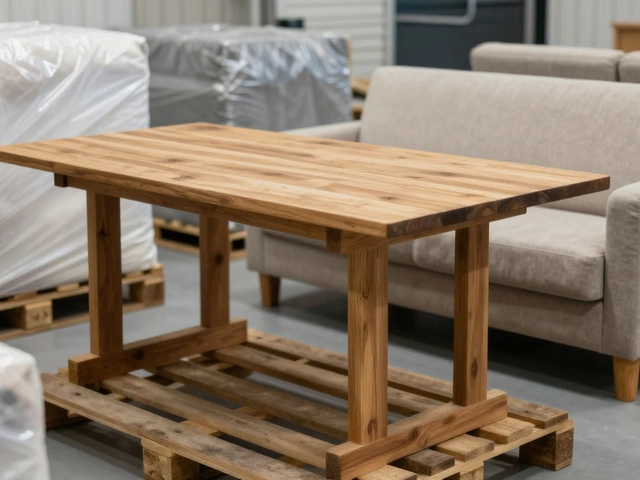Convertible Couches: What They Are and Why They Matter
If you need a seat that turns into a bed, a convertible couch is the answer. It gives you a comfy place to sit during the day and a quick sleeping spot at night. This dual purpose saves space, cuts furniture costs, and keeps guests happy without a separate guest room. The idea is simple: one piece, two jobs, less clutter.
Common Types of Convertible Couches
There are a few main styles you’ll see in stores. A sofa bed has a mattress hidden inside the couch’s frame. When you pull it out, the seat folds down into a flat sleeping surface. Modern sofa beds often use foam or hybrid mattresses that stay comfortable for both sitting and sleeping.
A futon uses a thin, fold‑able mattress that flips up against the back of the couch. Futons are lightweight and easy to move, making them popular in small apartments. They’re best for occasional guests rather than nightly use.
A daybed looks like a low sofa but has a mattress that stays flat all the time. You can add cushions for daytime comfort and pull the sheet tight for sleep. Daybeds work great in a home office or a bedroom where you want extra lounging space.
Some convertible couches use a pull‑out mechanism. The mattress slides out from under the seat, similar to a drawer. This design keeps the sleeping surface firm and usually offers a thicker mattress than a futon.
Lastly, the click‑clack style folds the backrest forward to create a flat surface. It’s quick to set up and often includes a built‑in mattress that’s thinner than a full‑size sofa bed but still comfortable for short stays.
Choosing the Right Convertible Couch for Your Space
Start with the room’s dimensions. Measure the area where you’ll place the couch and add a few inches for clearance. Remember that a sofa bed will need extra floor space when the mattress is pulled out.
Think about the mattress type. Foam offers a softer feel and easier storage, while a spring or hybrid mattress gives better support for regular sleep. If you plan to use the bed often, a thicker mattress is worth the investment.
The frame matters for durability. hardwood frames last longer than particle board, and metal legs add stability. Check the joint hardware – screws and brackets should feel solid, not wobbly.Upholstery is another factor. Leather looks sleek and wipes clean, but it can be hot in summer. Fabric options like microfiber or woven cotton hide stains better and feel softer. If you have kids or pets, choose a fabric that’s easy to clean.
Set a budget, then compare features. You’ll find cheap futons for under £200, while high‑end sofa beds with premium mattresses can run above £1,500. Look for warranties on both the frame and the mattress; a good warranty saves money later.
Finally, test the couch in the store if you can. Sit on it for a few minutes, then pull out the mattress to see how easy the mechanism is. A smooth transition means fewer headaches at home.
Convertible couches blend convenience, style, and savings. By knowing the different types and matching them to your room, lifestyle, and budget, you can pick a piece that looks good and works when you need it most. Happy hunting!





